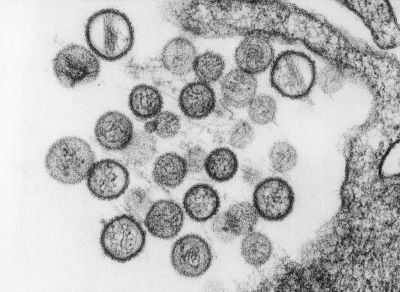
Vaccine development for New World Hantaviruses
Project Team: Bryce Warner, Sourabh Suran, Aneesh Thakur, Wolfgang Köster (Koester), Zahed Khatooni, Alex Leacy*, Melanie Goens*, Jake Yates*, Yanlong Pei*, John Pham*, Sarah Wootton*, Leonardo Susta*
*University of Guelph
Hantaviruses are a part of the family Hantaviridae (Order Bunyavirales) and are the causative agent of two diseases in humans: hemorrhagic fever with renal syndrome (HFRS) and hantavirus cardiopulmonary syndrome (HCPS). HCPS is caused by “New World” Hantaviruses, of which, Sin Nombre virus (SNV) is the cause of nearly all cases in North America. Andes virus (ANDV) is one of the main HCPS causes in South America. HCPS is a severe respiratory infection, and individuals with HCPS undergo rapid disease progression from coughing to severe cardiopulmonary edema and shock leading to death. The case fatality rate for HCPS is around 30-40% depending on the causative virus and geographic region. The rapid nature of the disease makes treatment difficult and currently there are no vaccines or therapeutics available for HCPS.
Our goal is to develop vaccine candidates against HCPS. We are currently working on three different vaccines approaches with the goal of identifying strong candidates that can be administered intranasally to induce immunity in the respiratory tract and induce broadly protective immune responses. The approaches we are developing are an mRNA vaccine and a protein subunit vaccine based on computationally optimized and stabilized hantavirus glycoproteins, as well as a Newcastle Disease virus-vectored vaccine. These vaccine constructs will be tested using the commonly used Syrian hamster model of HCPS.

